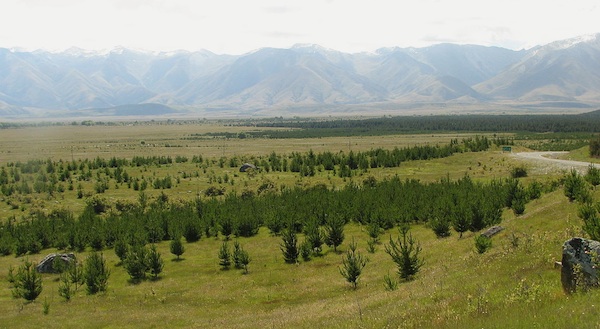New research shows the scale and pace of sheep and beef land purchased for forestry is even higher than first thought.
An updated report on land-use change from pastoral farming to large-scale forestry shows the amount of land sold in 2021 soared 66 percent compared to the previous year.
Beef + Lamb New Zealand (B+LNZ) CEO Sam McIvor says the report will be alarming for farmers, rural communities, and wider New Zealanders, who are already concerned about the conversion of food producing sheep and beef land into carbon farming.
The Orme & Associates report was commissioned by B+LNZ two years ago to track the amount of land purchased for afforestation and taken out of pastoral production.
It initially showed more than 52,000ha of land was purchased for forestry interests in 2021.
The latest revised data shows that figure to be more than 63,000ha, a 66 per cent increase on 2020 and up from 7,000ha in 2017.
Uncertainty over policy changes led to a decrease to 36,000ha in 2022, but Mr McIvor says this figure is likely to increase because there is a backlog of applications sitting with the Overseas Investment Office (OIO).
“This takes the total to more than 200,000ha of sheep and beef farms bought over the last five years, which is a significant concern for the sheep and beef sector and rural communities,” Mr McIvor says.
The scale of change is far more than what is recommended by the Climate Change Commission, he says, and will have a negative impact on rural communities, food production and export income, which affects all New Zealanders.
“New Zealand is one of the only countries in the world that allows fossil fuel emitters to offset 100 percent of their emissions,” he says.
The Government is currently consulting on changes to the Emissions Trading Scheme.
Mr McIvor says it needs to act.
Source: Beef+Lamb NZ












